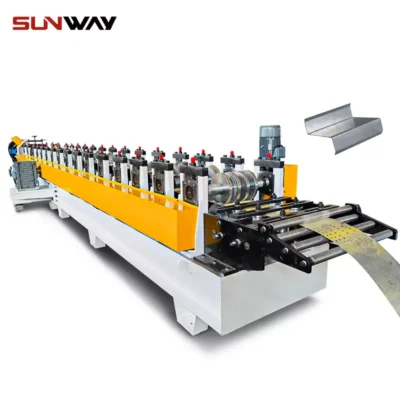If you’re new to the world of roll forming, you may have heard the term “purlin roll forming” thrown around in industry conversations. Purlins are an essential structural component used in the construction and manufacturing industries, and roll forming is a popular method for manufacturing them. But what exactly is purlin roll forming, and how does it work? In this beginner’s guide, we’ll provide an overview of purlin roll forming, including the benefits, types of machines, components, applications, and tips for choosing the right machine. By the end of this guide, you’ll have a better understanding of purlin roll forming and how it can benefit your business.
what is Purlin Roll Forming?
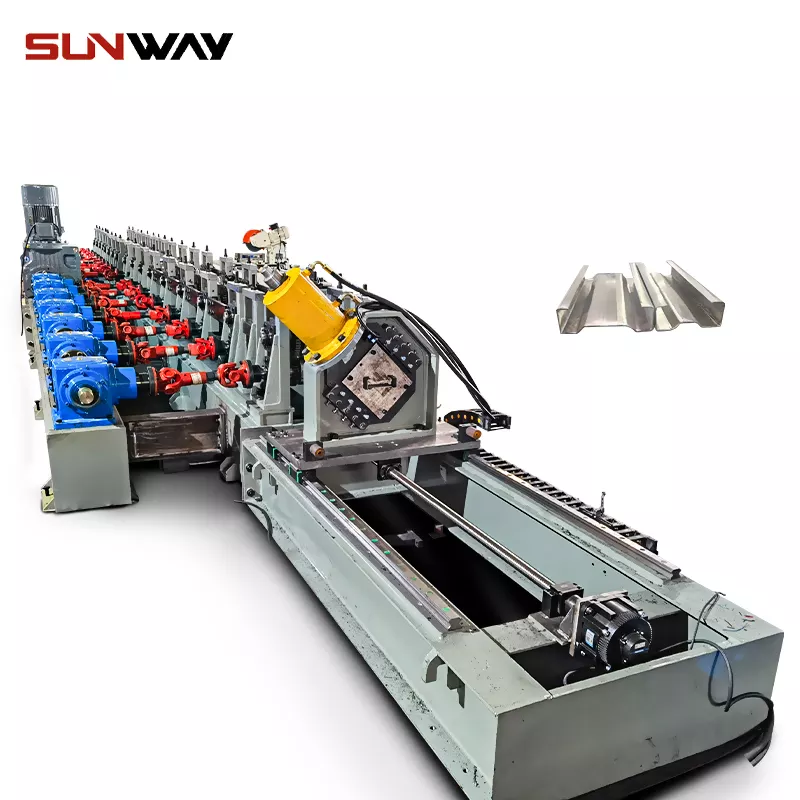
Before we dive into the details of purlin roll forming, it’s important to understand what purlins and roll forming are. Purlins are structural elements used in construction and manufacturing to provide support and stability to roofs, walls, and other structures. Roll forming, on the other hand, is a manufacturing process that involves continuously bending and shaping a metal strip or sheet into a desired shape using a series of rollers.
Purlin roll forming combines these two concepts by using a roll forming machine to manufacture purlins. The process involves feeding a metal strip or sheet through a series of rollers that gradually shape the material into the desired purlin shape. The rollers can be adjusted to create different shapes and sizes of purlins, and the machine can be customized to meet specific production needs.
Purlin roll forming offers several benefits over other manufacturing methods, including cost-effectiveness, precision, and efficiency. By using a roll forming machine, businesses can produce purlins quickly and accurately, with minimal waste and labor costs. Additionally, the process allows for greater design flexibility, as purlins can be customized to fit specific construction and manufacturing requirements.
Overall, purlin roll forming is a popular and effective method for producing high-quality purlins, and its advantages have made it a go-to choice for many businesses in the construction and manufacturing industries.
Benefits of Purlin Roll Forming
Purlin roll forming offers several benefits that make it a popular choice for manufacturing purlins. Some of the key advantages of using purlin roll forming machines include:
- Cost-effectiveness: Purlin roll forming can be a highly cost-effective method of manufacturing purlins compared to other methods such as welding, punching, and cutting. Roll forming machines are designed to be highly efficient, reducing material waste and labor costs, and allowing businesses to produce purlins quickly and accurately.
- Efficiency: Purlin roll forming machines can produce purlins at high speeds, which makes them a highly efficient option for high-volume production. This method of manufacturing allows for quick turnaround times and the ability to meet tight production deadlines.
- Precision: Roll forming machines are designed to provide high levels of accuracy and consistency, which is especially important for purlins used in construction or industrial applications. The machines can be customized to produce purlins of different sizes and shapes with tight tolerances, ensuring that they meet exact specifications and requirements.
- Design flexibility: Roll forming machines can be customized to produce a wide range of purlin shapes and sizes, giving businesses greater design flexibility. This allows for the production of purlins that meet specific requirements for construction or industrial applications.
- Quality: Purlin roll forming machines produce purlins with a high-quality finish that is free from defects such as cracks, warping, or other imperfections. This ensures that the purlins are structurally sound and will perform as expected in their intended application.
Overall, the cost-effectiveness, efficiency, precision, design flexibility, and quality of purlin roll forming make it a highly desirable method for manufacturing purlins in the construction and manufacturing industries.
Components of Purlin Roll Forming Machines
Purlin roll forming machines are complex pieces of equipment that consist of several different components working together to form purlins from metal strips or sheets. Here’s an overview of the different components of a typical purlin roll forming machine:
- Decoiler: The decoiler is a component that holds the metal strip or sheet and feeds it into the roll forming machine. The decoiler can be manual or automatic and can be designed to handle different widths and thicknesses of metal.
- Leveling Unit: The leveling unit is a component that flattens and straightens the metal strip or sheet before it enters the roll former. This ensures that the metal is evenly fed into the machine, improving the accuracy and consistency of the final product.
- Punch Press: The punch press is a component that punches holes or shapes into the metal strip or sheet as it enters the roll former. This allows for the creation of purlins with customized hole patterns, which is important for attaching them to other building components.
- Roll Former: The roll former is the heart of the purlin roll forming machine. It consists of a series of rollers that gradually shape the metal strip or sheet into the desired purlin shape. The rollers can be adjusted to create different shapes and sizes of purlins, and the machine can be customized to meet specific production needs.
- Cutting System: The cutting system is a component that cuts the finished purlin to the desired length. This can be done using a variety of methods, such as hydraulic shearing or sawing.
- Control Panel: The control panel is a component that allows operators to control and monitor the purlin roll forming machine. It includes a range of features such as digital readouts, control knobs, and emergency stop buttons that allow operators to adjust the machine’s settings and respond quickly to any issues that arise.
By understanding the different components of a purlin roll forming machine, businesses can better understand how these machines work and make informed decisions when it comes to purchasing, maintaining, and operating them.
Types of Purlin Roll Forming Machines
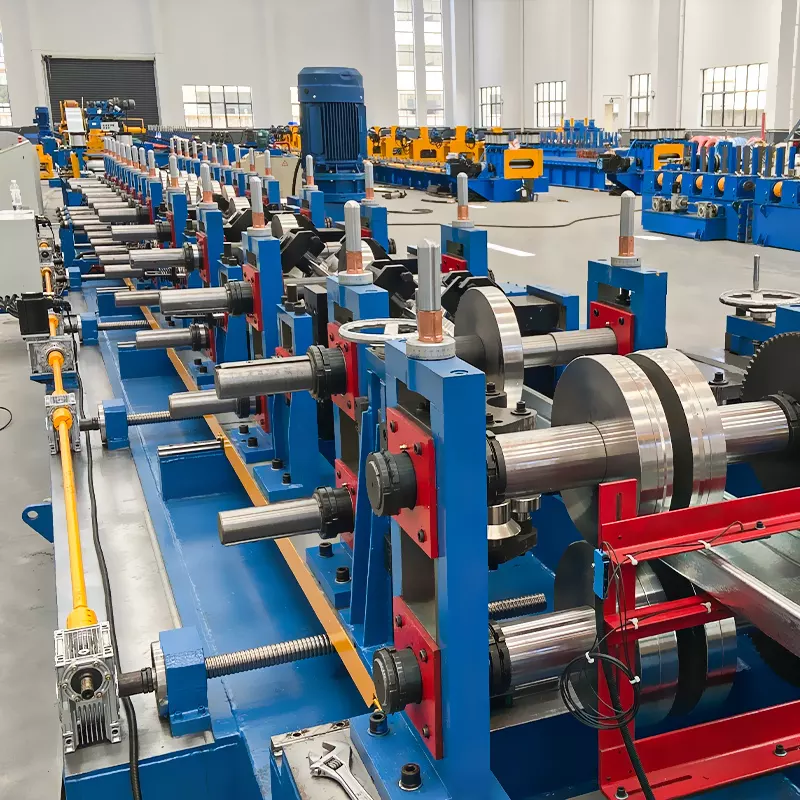
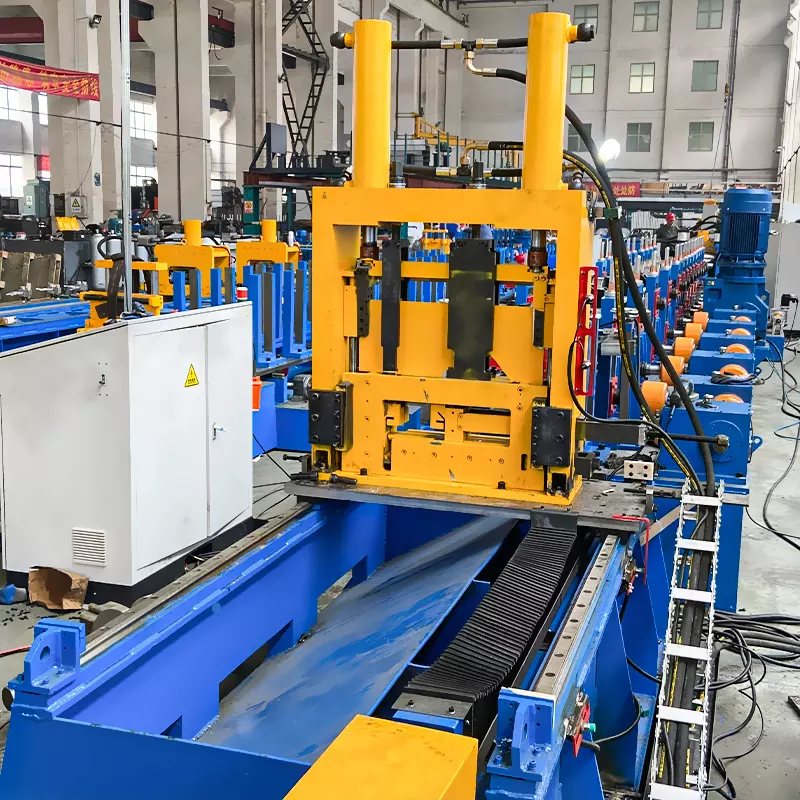
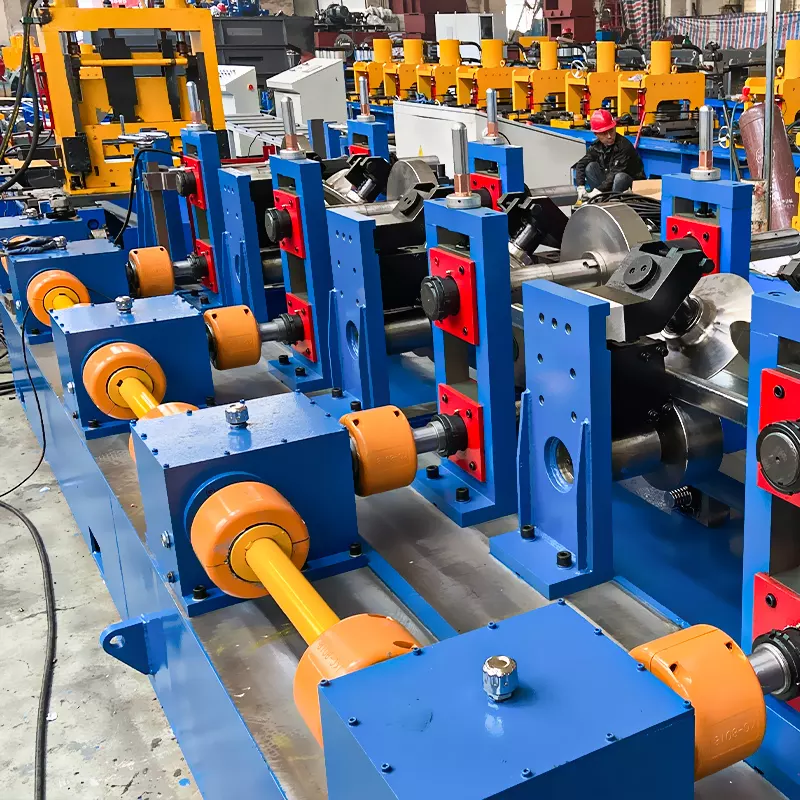
There are several types of purlin roll forming machines available, each designed to produce a specific type of purlin. Here are the most common types:
- C-Purlin Machines: C-purlin machines are designed to produce purlins in the shape of a “C”. These purlins are often used in construction for roofing, cladding, and framing applications.
- Z-Purlin Machines: Z-purlin machines are designed to produce purlins in the shape of a “Z”. These purlins are used in construction for roofing and cladding applications where a stronger structural support is required.
- Sigma-Purlin Machines: Sigma-purlin machines are designed to produce purlins in the shape of a “sigma” or a “double-U”. These purlins are commonly used in the construction industry as structural support for walls and roofs.
- Hat-Purlin Machines: Hat-purlin machines are designed to produce purlins in the shape of a “hat” or a “U”. These purlins are used in construction for roofing and cladding applications.
- Lip Channel Machines: Lip channel machines are designed to produce purlins in the shape of a “lip channel”. These purlins are commonly used in industrial applications such as conveyor systems and support structures.
Each type of purlin roll forming machine is designed to produce a specific shape and size of purlin, and the machine can be customized to meet specific production requirements. By selecting the right type of purlin roll forming machine for the job, businesses can ensure that they produce high-quality purlins that meet their exact specifications and requirements.
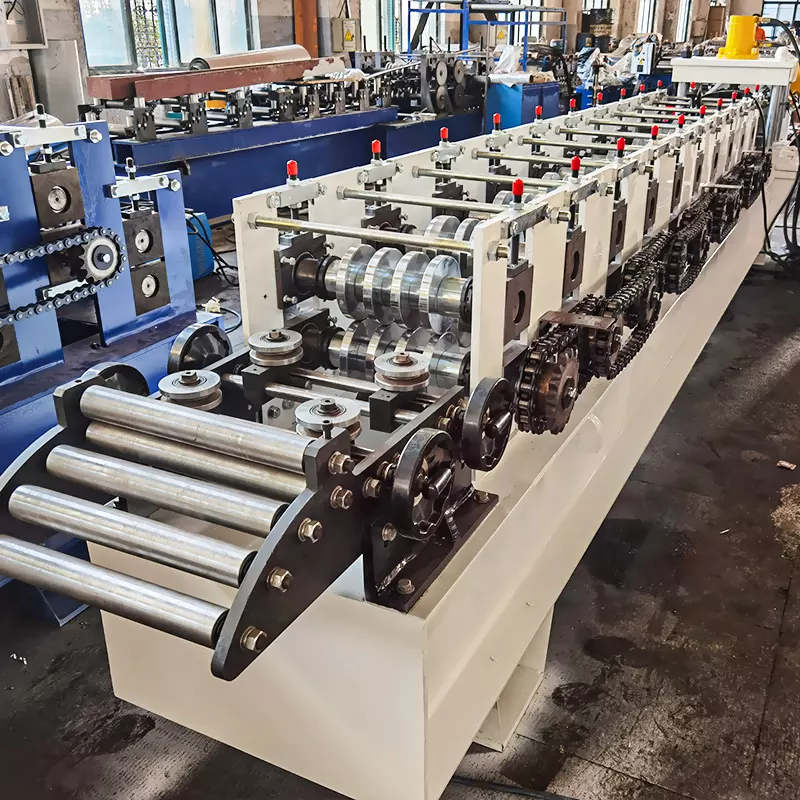
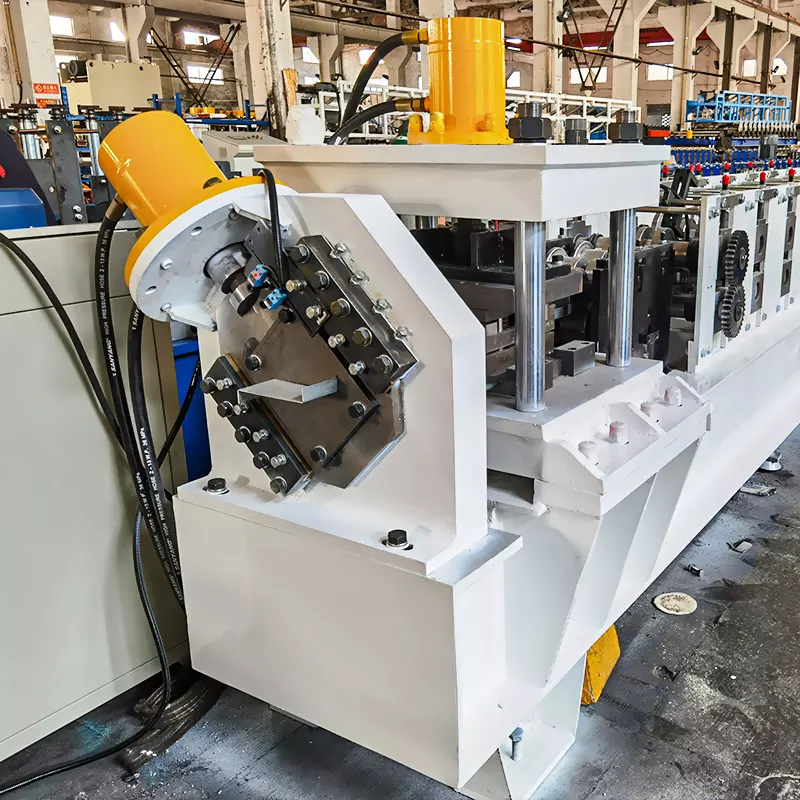
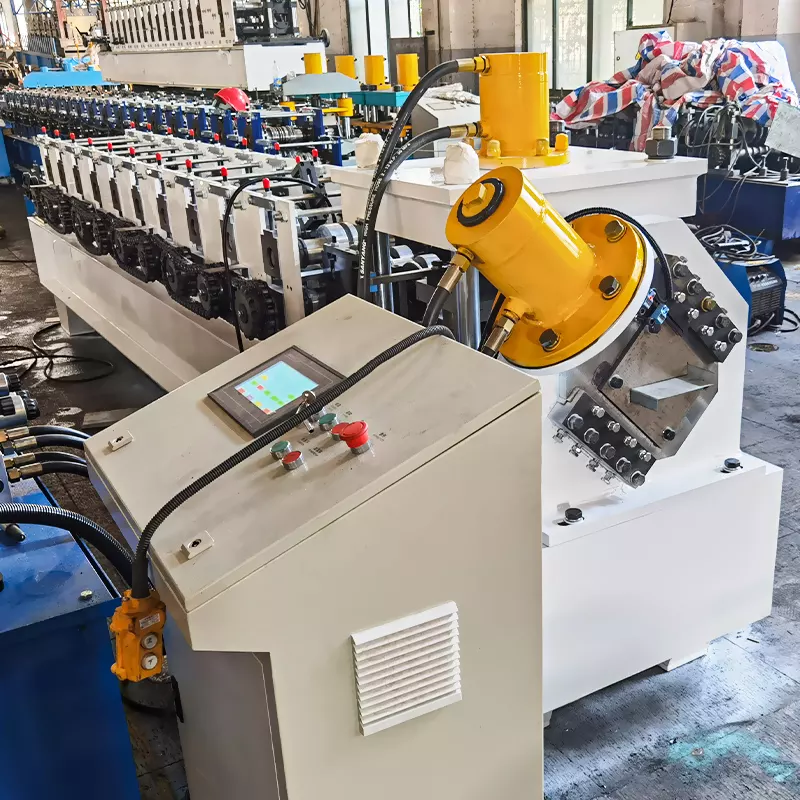
In summary, purlin roll forming is a highly efficient and cost-effective method for manufacturing purlins used in construction and industrial applications. This beginner’s guide has provided an overview of purlin roll forming, including the benefits, types of machines, components, applications, and tips for choosing the right machine. By understanding these key concepts, businesses can make informed decisions when it comes to investing in purlin roll forming machines, and ensure that they produce high-quality purlins that meet their specific needs and requirements.



